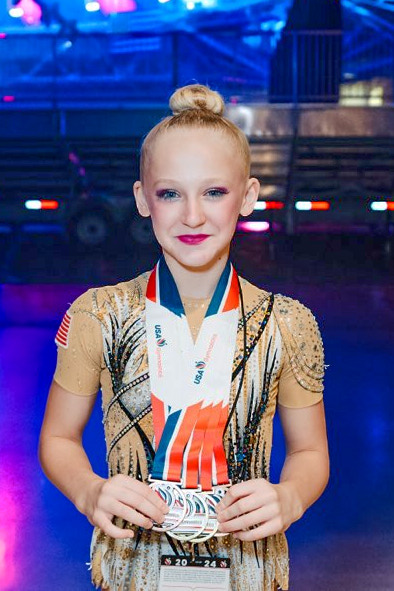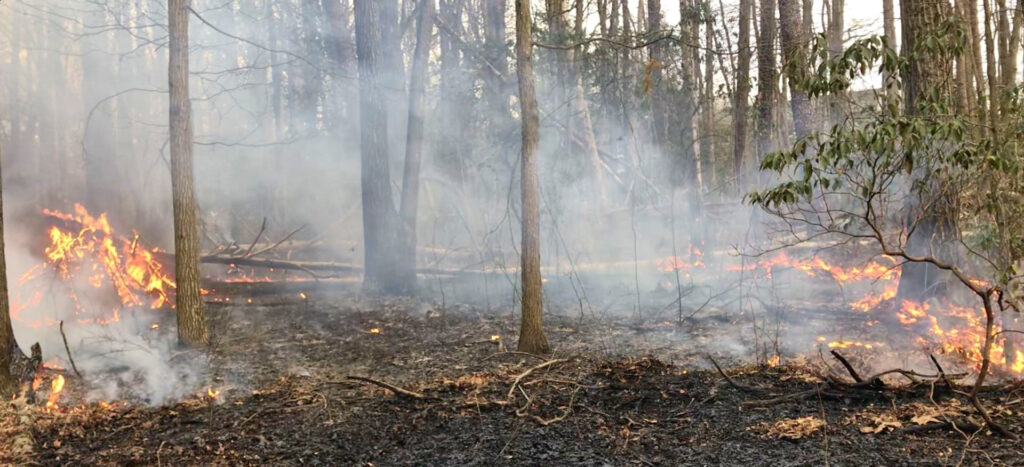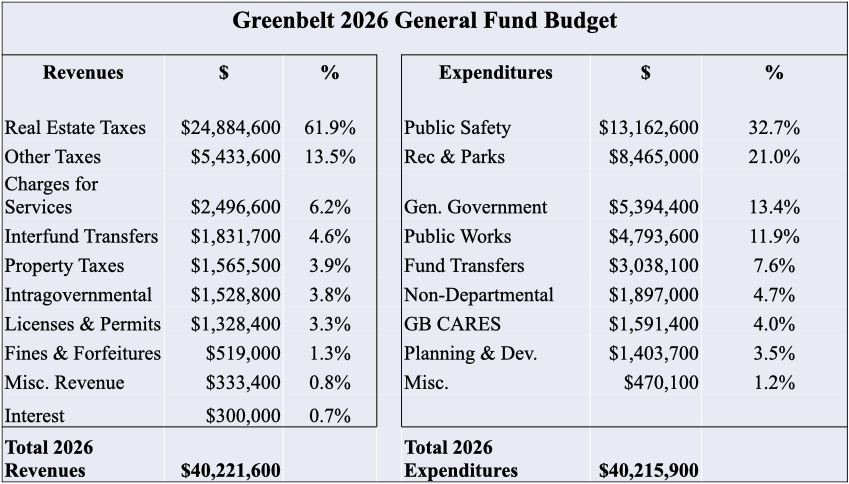In the Greenbelt City Council’s annual worksession with the NASA Goddard Space Flight Center (GSFC), held December 9, discussions ranged widely over the mutual interests of Greenbelt and GSFC. After Center Director Dennis Andrucyk described the center’s exciting upcoming missions and initiatives in science and technology, attention focused on more earthly topics. Associate Center Director Ray Rubilotta presented the current status of the Preferred Master Plan for the next 20 years, noting that council should not assume the full plan would be built given that, of the preceding master plan, only about 30 percent came to pass. Rubilotta also divulged that although the budget for missions would likely increase, spending on infrastructure was expected to decrease.
The focus of the current master plan, according to Rubilotta, is engineering facilities, rather than the science and flight projects/programs theme, central to the previous plan and now mostly completed. The new Master Plan upgrades some existing buildings, creates some new facilities and divests facilities which cannot cost-effectively be re-tooled.
Divested Property
Councilmember Judith Davis referred to a “rumor” that GSFC might pull the fence line back from Greenbelt Road and possibly sell the newly-exposed area to businesses. While Rubilotta said that moving the fence line back was a desire, he stated categorically that there was no intention to develop the strip between the fence and the road, saying “We would never divest into anything like that. We would only increase the buffer back from 193 but not to put in gas stations or (fast food restaurants).” Within GSFC’s perimeter, divested facilities would likely go to other federal agencies or university affiliates desiring proximity to GSFC for research and collaboration. He stated that the agency in charge of the disposition would be the General Services Administration (GSA), not NASA.
Area 400, which is separated from the main campus, has no future anticipated use and would be turned over to GSA for disposition. Davis and Councilmember Rodney Roberts both expressed concerns, based on GSA being a main proponent for siting an industrial facility in the middle of the Beltsville Agricultural Research Center. They doubted that GSA would respect the environmental values and, as Roberts said, “let the trees grow back.”
Maglev Concerns
In response to Mayor Pro Tem Emmett Jordan, Rubilotta affirmed GSFC’s opposition to a Maglev train yard site. One proposed location is near the NASA space geodesy facility which relies for its work on a relatively dark night sky. He said that a formal position on this development has been submitted by GSFC. In response to Davis, Rubilotta divulged that GSFC is also concerned by the Maglev routing that intersects with the employee entrance ramps from the Baltimore-Washington Parkway. Rubilotta promised Jordan that relevant submittals would be copied to the city.
New Building
Director of Management Operations Dave Reth introduced the campus’s newest structure, a combination laboratory and office area, constructed to LEED Silver standards and including bio-retention ponds. In response to a question from Davis, Reth said that though the Greenbelt campus now has little solar installed, as plans evolve they will identify opportunities. He mentioned, however, that GSFC’s Wallops Flight Facility (near
Chincoteague, Va.) has a 4.5-megawatt array alongside its runways. Additional environmentally friendly initiatives include reductions in non-porous surfaces and the return to meadow status of demolished sites. Reth reported that the GSFC’s deer and Canada geese were appreciative of the pandemic-related reduction in campus activity.
GSFC and Covid-19
Rubilotta described the NASA Covid-19 framework which defines four stages, with GSFC now at level three. Only individuals providing “touch labor” and supporting mission operations are on site, approximately one-third of the usual population. Andrucyk remarked that the center was being extremely productive in this mode, more than he had expected.
According to Rubilotta, anyone feeling unsafe working in person is fully backed by NASA in staying home. He stressed that the onsite strategy is based on science, metrics and data with health as first priority. Entering staff complete a health screening including temperature, contact analysis and symptom screening. If an employee tests positive (and a handful have) a strict cleaning protocol is overseen by the medical director and contact tracing is thorough.
With the Covid-19 suspension of line 15-X of The Bus and construction related to GSFC’s entrances, Jordan expressed concerns about access from Cipriano Square bus stops. He received assurances that GSFC is working with the county on transportation issues associated both with the pandemic and construction activities and that access will be available by Cipriano Square to bus riders and the disabled, with the gate open for full access for a few hours at the start and end of each work day.
Education
Director of Education Bob Gabrys recounted the extensive participation by GSFC in both intern and student programs. Despite the pandemic, some 300 students (including 50 high schoolers) participated in virtual summer internships working with GSFC scientists and engineers. In response to a question from Councilmember Leta Mach, he described how GSFC’s programs extend beyond Prince George’s County schools to include home-schooled students, students in Baltimore and others across the country. A recent program (currently suspended due to the pandemic) with county schools routes all students visiting the Owens Science Center to the nearby Goddard Visitor Center, as well. Gabrys also described ongoing discussions to extend GSFC’s relationship with DuVal High School.
Gabrys said that the education program’s goals were not NASA-specific, defining success from a workforce point of view as a student staying in a related field – for example, becoming a science teacher or an engineer.



